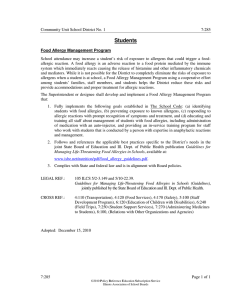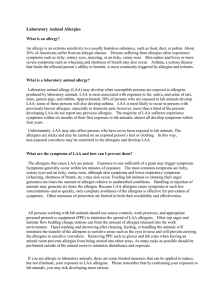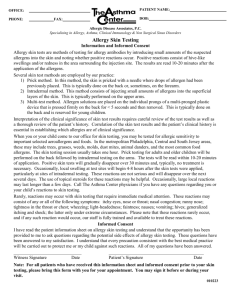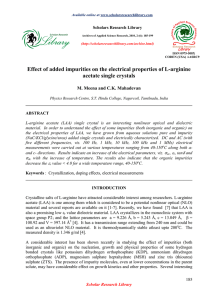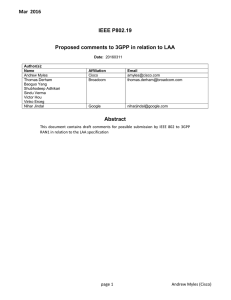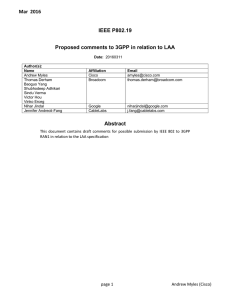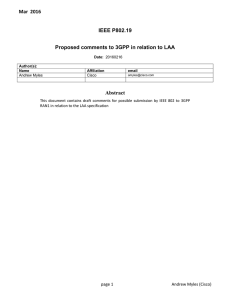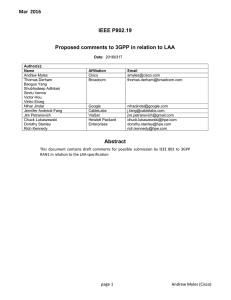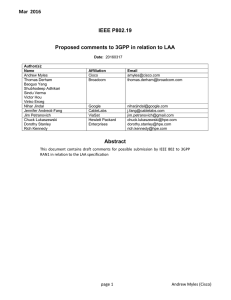Animal Facility Safety for Ancillary Personnel Introduction
advertisement
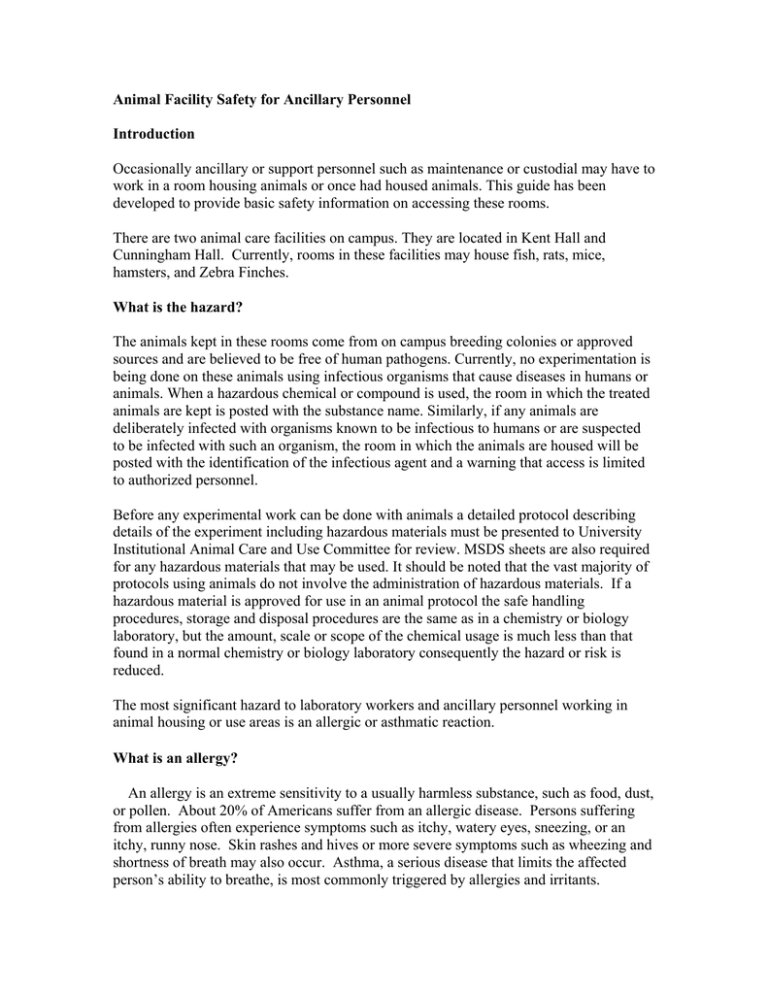
Animal Facility Safety for Ancillary Personnel Introduction Occasionally ancillary or support personnel such as maintenance or custodial may have to work in a room housing animals or once had housed animals. This guide has been developed to provide basic safety information on accessing these rooms. There are two animal care facilities on campus. They are located in Kent Hall and Cunningham Hall. Currently, rooms in these facilities may house fish, rats, mice, hamsters, and Zebra Finches. What is the hazard? The animals kept in these rooms come from on campus breeding colonies or approved sources and are believed to be free of human pathogens. Currently, no experimentation is being done on these animals using infectious organisms that cause diseases in humans or animals. When a hazardous chemical or compound is used, the room in which the treated animals are kept is posted with the substance name. Similarly, if any animals are deliberately infected with organisms known to be infectious to humans or are suspected to be infected with such an organism, the room in which the animals are housed will be posted with the identification of the infectious agent and a warning that access is limited to authorized personnel. Before any experimental work can be done with animals a detailed protocol describing details of the experiment including hazardous materials must be presented to University Institutional Animal Care and Use Committee for review. MSDS sheets are also required for any hazardous materials that may be used. It should be noted that the vast majority of protocols using animals do not involve the administration of hazardous materials. If a hazardous material is approved for use in an animal protocol the safe handling procedures, storage and disposal procedures are the same as in a chemistry or biology laboratory, but the amount, scale or scope of the chemical usage is much less than that found in a normal chemistry or biology laboratory consequently the hazard or risk is reduced. The most significant hazard to laboratory workers and ancillary personnel working in animal housing or use areas is an allergic or asthmatic reaction. What is an allergy? An allergy is an extreme sensitivity to a usually harmless substance, such as food, dust, or pollen. About 20% of Americans suffer from an allergic disease. Persons suffering from allergies often experience symptoms such as itchy, watery eyes, sneezing, or an itchy, runny nose. Skin rashes and hives or more severe symptoms such as wheezing and shortness of breath may also occur. Asthma, a serious disease that limits the affected person’s ability to breathe, is most commonly triggered by allergies and irritants. What is a laboratory animal allergy? Laboratory animal allergy (LAA) may develop when susceptible persons are exposed to allergens produced by laboratory animals. LAA is most associated with exposure to fur, saliva, and urine of rats, mice, guinea pigs, and rabbits. A small percentage of people who are exposed to lab animals develop LAA; some of these people will also develop asthma. LAA is most likely to occur in persons with previously known allergies, especially to domestic pets; however, more than a third of the persons developing LAA do not report any previous allergies. The majority of LAA sufferers experience symptoms within six months of their first exposure to lab animals; almost all develop symptoms within four years. Workers at risk include laboratory animal and veterinary technicians, researchers, veterinarians, and others who have prolonged, close association with animals or their secretions or excretions. Also at risk are workers who handle animal products or associated materials such as bedding and feed. Ancillary personnel, who do not directly handle animal, contaminated bedding, feed or cages are at less risk. However, the allergens that cause LAA are potent. Exposure to one-millionth of a gram may trigger symptoms. Symptoms generally occur within ten minutes of exposure. The most common symptoms are itchy, watery eyes and an itchy, runny nose, although skin symptoms and lower respiratory symptoms (wheezing, shortness of breath, etc.) may also occur. Feeding lab animals or cleaning their cages generates ten times the amount of allergen relative to undisturbed conditions. Handling or injection of animals may generate six times the allergen. Animal Allergy Precautions. If you have asthma or are allergic to animals only complete avoidance of the allergens is effective for prevention of symptoms. Other measures of protection are limited in both their availability and effectiveness such as wearing personal protective equipment (gloves, lab coat, coveralls, etc.) that completely covers your street clothing. This PPE should be laundered or replaced before you wear it again. Hand washing and showering after exposure to allergens should assist dramatically in removing allergens. In severe cases a respirator may be necessary to filter out allergens from breathing air. Respirators can only provide the protection they are designed for if they are properly selected for the task, if they are fitted to the wearer, and if they are maintained so they continue to provide the protection required for the work situation. Improperly worn or maintained respirators can actually increase exposures as well as placing a greater strain on the respiratory system. Actions to be Taken before Entering an Animal Housing Facility. 1. 2. 3. 4. 5. Discuss with Supervisor pre-existing allergic conditions. Contact Facility Director if work requires entry to an animal room. Animal Facility personnel will “safe out” the area in which the work will be done like chemistry laboratory personnel to remove hazards that may present unnecessary risk. In consultation with the Supervisor and the Facility Director, determine what PPE will be required. Contact Manager Laboratory Safety if area in which work will be performed does not seem to be “safe.” Do not enter an animal room without the approval of the Facility Director or his/her designee.
